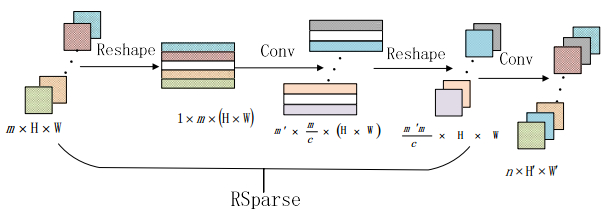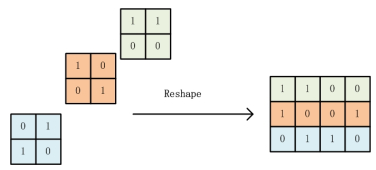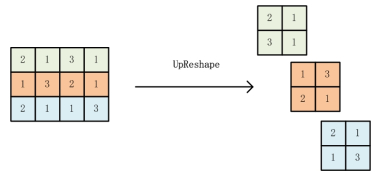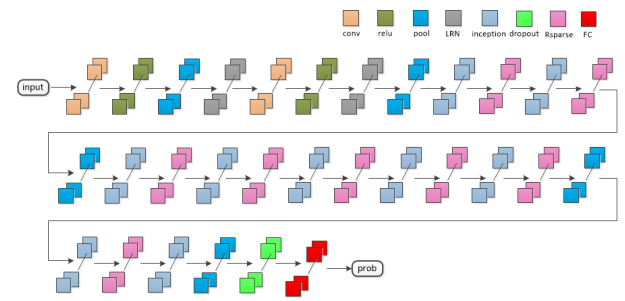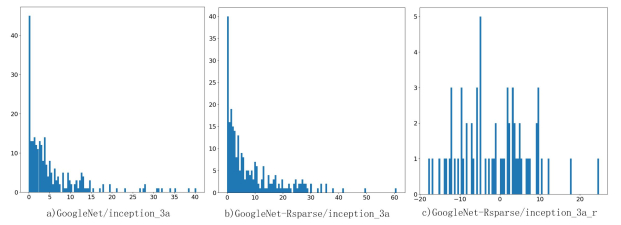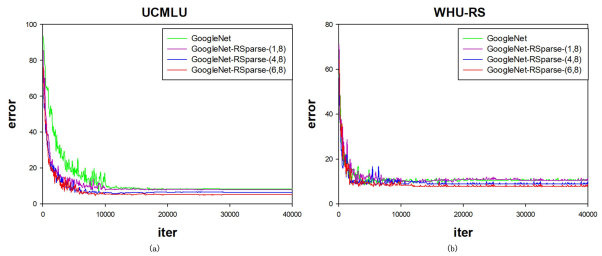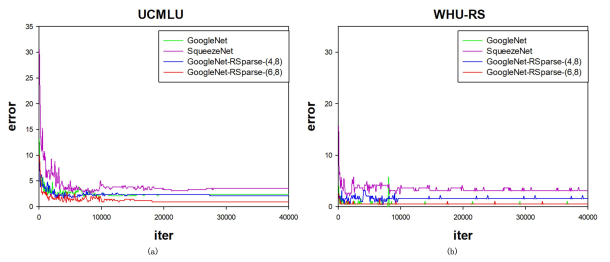1.
Introduction
To date, the effects of electromagnetic (EM) waves on the evolution of cells have been considered in many articles. For example, in one paper, it has been shown that extremely low frequency electromagnetic fields promote mesenchymal stem cell migration by increasing intracellular Ca2+ and activating the FAK/Rho GTPases signaling pathways in vitro [1]. In another research, the authors have shown that an electromagnetic field modulates human bone marrow stromal cells via ion dynamics and small signaling molecules. Also, they have asserted that an electromagnetic field enhances human bone marrow stromal cells adherence, proliferation, differentiation, and viability [2]. In another paper, the influence of electromagnetic waves, with maxima in the green or red range, on the morphofunctional properties of multipotent stem cells has been considered. It has been shown that photostimulation with a red light decreases the enzymatic activities of mitochondrial dehydrogenases and enhances the viability of cells, their proliferative activity, and their ability to form bone tissue. Also, it has been established that red light stimulates cell proliferation, while not activating the genes that increase the risk of the subsequent malignant transformation of cells or their death [3]. In another article, the effects of high- and low-frequency electromagnetic fields on the proliferation and differentiation of neural stem cells have been compared. It has been shown that both 50 Hz LF-EMF and HF-EMF can promote the proliferation of neural stem cells in vitro [4]. Some other authors have documented the effects of specified pulse electromagnetic field parameters over mesenchymal stem cells (MSC) chondrogenic differentiation. MSC undergoing chondrogenesis were preferentially responsive to an electromagnetic efficacy window defined by field amplitude, duration and frequency of exposure [5]. In another paper, it has been shown that electromagnetic fields have lasting effects on the proliferation and differentiation of bone marrow mesenchymal stem cells (BMSCs), and together with cell sheet technology, can provide a new method for the treatment of fracture nonunion [6]. In another article, it has been demonstrated that the combinatory effect of a sinusoidal electromagnetic field and vascular endothelial growth factor (VEGF) promotes osteogenesis and angiogenesis of mesenchymal stem cell [7]. Also, another article has reviewed the current knowledge on the effects of EMFs on human adult stem cell biology, such as proliferation, the cell cycle, or differentiation [8].
Now, the question that arises is what is the effect of electromagnetic waves on bird embryonic cells. Recently, many investigations have been done on avian embryonic stem cells. For example, some authors have investigated the mechanism of signaling pathway-mediated differentiation of embryonic stem cells (ESCs) into spermatogonial stem cells (SSCs) in chickens. Their study has suggested that Wnt signaling pathway could regulate positively the differentiation of chicken ESCs into SSCs through Wnt5a [9]. Using RNA-sequencing, some other authors have compared chicken embryonic stem cell (cESC) transcriptional programmes elicited by stimulation with chicken type I interferon or infection with vaccine viruses routinely propagated in primary chicken embryo fibroblasts (CEF). They have shown that cESC are an attractive alternative substrate to study and propagate poxvirus recombinant vaccine vectors [10]. In another article, the separation locations, isolation methods, and culture conditions, especially the supplements and action mechanisms of cytokines, including leukemia inhibitory factor, fibroblast growth factor, transforming growth factor beta, bone morphogenic protein, and activin for cESCs in vitro, have been reviewed [11]. Another study has investigated the dynamic expression and regulatory mechanism of transforming growth factor β (TGF-β) signaling involved in embryonic stem cell (ESCs) differentiation into male germ cells. Their study reveals the mechanism regulating spermatogonial stem cells (SSCs), and lays the basis for further understanding of the regulatory network [12].
Now, we are seeking a method to connect these two parallel subjects and consider the evolution of bird embryonic cells before and after radiating waves. We also propose a theoretical model which describes the relation between cells and waves.
2.
The model
Each cell has some genes which are turning on and working and some other genes which are turning off and not working. By turning genes on or off, a cell may obtain new abilities and properties and lose previous properties and abilities. Even, a cell may convert to another cell. This may occur during the conversion of stem cells to differentiated cells. To turn a gene on or off, we can make use of a repressor. Previously, it has been shown that in molecular genetics, a repressor is a DNA- or RNA-binding protein that inhibits the expression of one or more genes by binding to the operator or associated silencers. For example, a DNA-binding repressor blocks the attachment of RNA polymerase to the promoter, thus preventing transcription of the genes into messenger RNA. To remove a repressor, we can make use of some electromagnetic waves. These waves may interact with repressors and remove them (See Figure 1). Also, some of these waves may interact with the ions and move them. By the motion of charges, some currents are generated. These currents produce some electromagnetic waves. These waves interact with DNA bases and move them. A DNA is formed from charged particles and acts like several coils. These DNA coils interact with external fields and produce some new currents. These currents produce some waves opposite to the external waves. Thus, a repressor experiences two types of waves and two types of forces. A force causes its attraction by a DNA and another force leads to its repulsion (See Figure 2).
To obtain the energies of the waves, we can write the equation below:
where E B, i,5/6, DNA are energies related to hexagonal/pentagonal molecules and E B, i,5/6-rep, DNA are energies related to entangled hexagonal/pentagonal molecules and repressors (See Figure 3).
Each energy has a relation with the energy densities and volume:
where the volumes are given by:
Here, L B, i,5/6, DNA is the length of the hexagonal/pentagonal molecules and H B, i,5/6, DNA are the separation distances between the hexagonal/pentagonal molecules and repressors. Also, β B, i, 5/6, DNA are the central angles of the hexagonal/pentagonal molecules. In addition, xDNA is a distance which a DNA oscillates because of the waves, and xRep is a distance which a repressor oscillates because of the waves.
We also have the relations below between the energy densities and magnetic fields:
where B B, i,5, DNA are magnetic fields related to the hexagonal/pentagonal molecules and B B, i, rep are the magnetic fields related to the repressors. On the other hand, each magnetic field emerges because of the spins of electrons within its structure and thus, we can write:
where S i, 5, DNA are the spins related to electrons within the hexagonal/pentagonal molecules, 𝒩e is a constant depending on the charges and masses, and S B, i, rep is the spin related to electrons within the repressor. Using the energy in equation (1), we can obtain the forces below:
where KDNA, x/y are functions of the length of the hexagonal/pentagonal molecules and separation distance between the molecules. Using these constants, we can obtain the frequencies:
where ν DNA,x/y are the DNA frequencies and ν DNA,Rep is a DNA-repressor frequency. Also, MDNA is the DNA mass and MDNA-Rep is the DNA-repressor mass. These frequencies are related to the energies. Thus, to remove a repressor and turn on a gene, we should produce EM waves with frequencies higher than the frequencies of the DNA-repressor binds. We can write:
This equation shows that by sending a wave with a frequency higher than the exchanged frequencies between the repressors and DNA, we can change the property of a cell. Some of the waves cause the removal removal of the repressors and some waves cause the absorption of repressors. This means that we can remove or attach a repressor and turn off or turn on a gene. For embryonic cells, these changes may occur faster, and turning on or turning off a genes can be made faster and easier.
3.
Experimental results
To date, many papers have claimed complete changes in embryonic cells and their differentiation by using electromagnetic waves. However, we do not claim observing this explicitly.
Method:
1. We have incubated some fertilized eggs up to 48 h
2. We break them and put on a plastic slide
3. We put two batteries with 1.5 V power under the slide and connect two copper wires to their ends. These wires are coiling around the slide (See Figure 4).
4. We observed the embryonic cells before and after connecting the slide to the battery
5. We have used a 1000x microscope with an extra 4x lens. This means that we have used a (100x × 10x × 4x = 4000x) microscope
4.
Results
1. Before connecting the system to batteries, embryonic cells could move and interact with each other (See Figure 5).
2. After connecting the system to a battery, a current emerges. This current emits some electromagnetic waves. These waves are absorbed by the embryonic cell membranes and ions. The motions of the ions may produce some second currents. These currents may pass the cellular membranes and enter into the cells. Then, these currents produce secondary waves which have a direct effect on the DNA and cellular structures. In our considerations, we only observe an extra colored ring around the embryonic cells (See Figure 6).
In Figure 7, we present the number of cells which are affected by waves in terms of voltage. It is clear that by increasing the applied voltage, more electrical forces are applied to the ions and charges on proteins, RNAs and cellular membranes and cause their motion. These charges move and produce some electrical currents. Also, the electrical structures around cells change.
5.
Discussion
Previous experiments have shown that embryonic cells could be affected by electromagnetic waves. Our experiments also confirm their results. Also, our calculations show that the frequencies of external waves should be more than the frequencies exchanged between repressors and DNAs within cells. We do not need high energetic waves because these types of waves destroy everything. However, only a low frequency could cause some serious changes in embryonic cells.
6.
Conclusions
It has been known that extremely low frequency electromagnetic fields could have direct effects on embryonic cells and their evolution. They enter into charges and produce some electrical currents. These currents may pass the cellular membranes, enter into cells and interact with the DNA. Thus, these currents could remove or attach some repressors to the DNA. Consequently, some genes could turn on or turn off. This means that a cell could be converted to another cell. We test this claim by connecting a sample of quail embryonic cells to a battery. We have observed some changes around cells.
In addition to DNA, RNAs, proteins and cellular membranes also form from charged particles, atoms and ions. Any electromagnetic wave could be taken up by these charges and cause the motion of these objects. Also, by the motion of proteins and RNAs, their charges move and produce some electrical currents. These currents emit some electromagnetic waves.
Maybe a question that arises is whether there is any relation between electromagnetic fields and DNA vibrations? To respond to this question, we should note that electromagnetic waves cause electrical charges. On the other hand, a cellular membrane is formed from many charges and thus, electromagnetic waves could move them and cause the vibration of cellular membranes.
Another question is that maybe after first radiation, some second waves emerge which, with lower intensity, may be effective. What is their effect? This second radiations from DNAs, RNAs, proteins and cellular membranes are produced by the motion of ions around or within cells. The motion of ions is done by applying some electromagnetic forces which emerge from the first radiation. In fact, the first radiation moves charges, and their motion produces some new currents which produce the second radiation. This second radiations also acts on charges around cells, and moves them. By their motion, new currents and waves emerge. Consequently, a spectrum of different waves with different frequencies emerge.
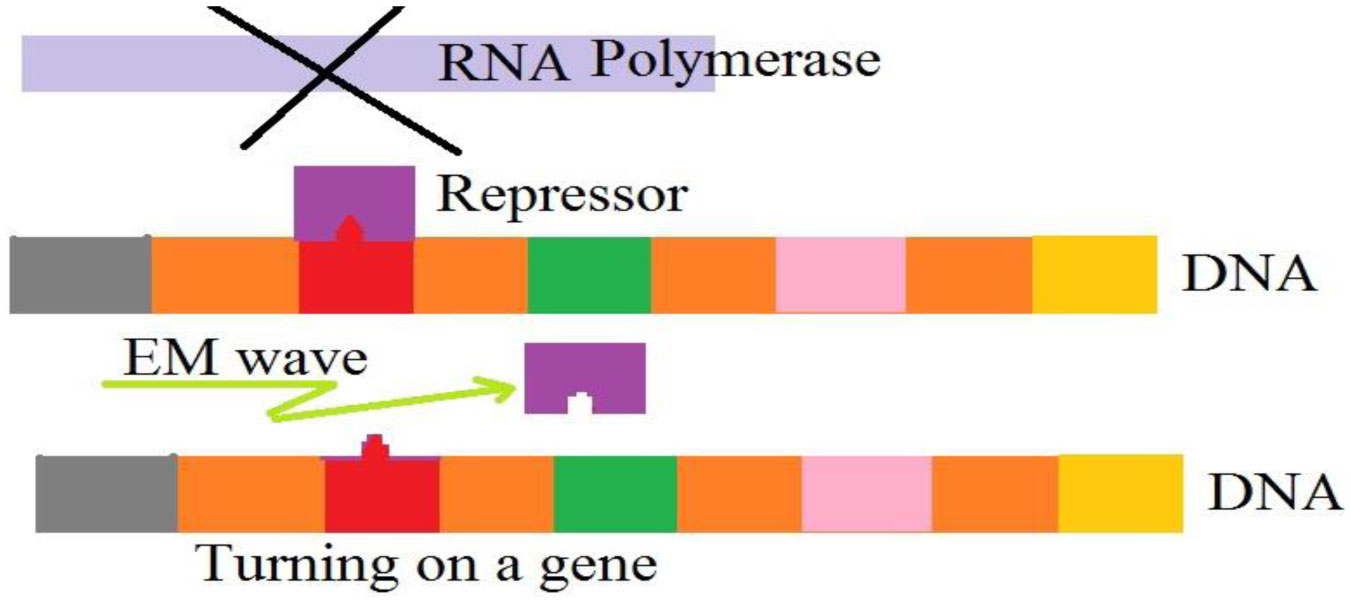









 DownLoad:
DownLoad:







